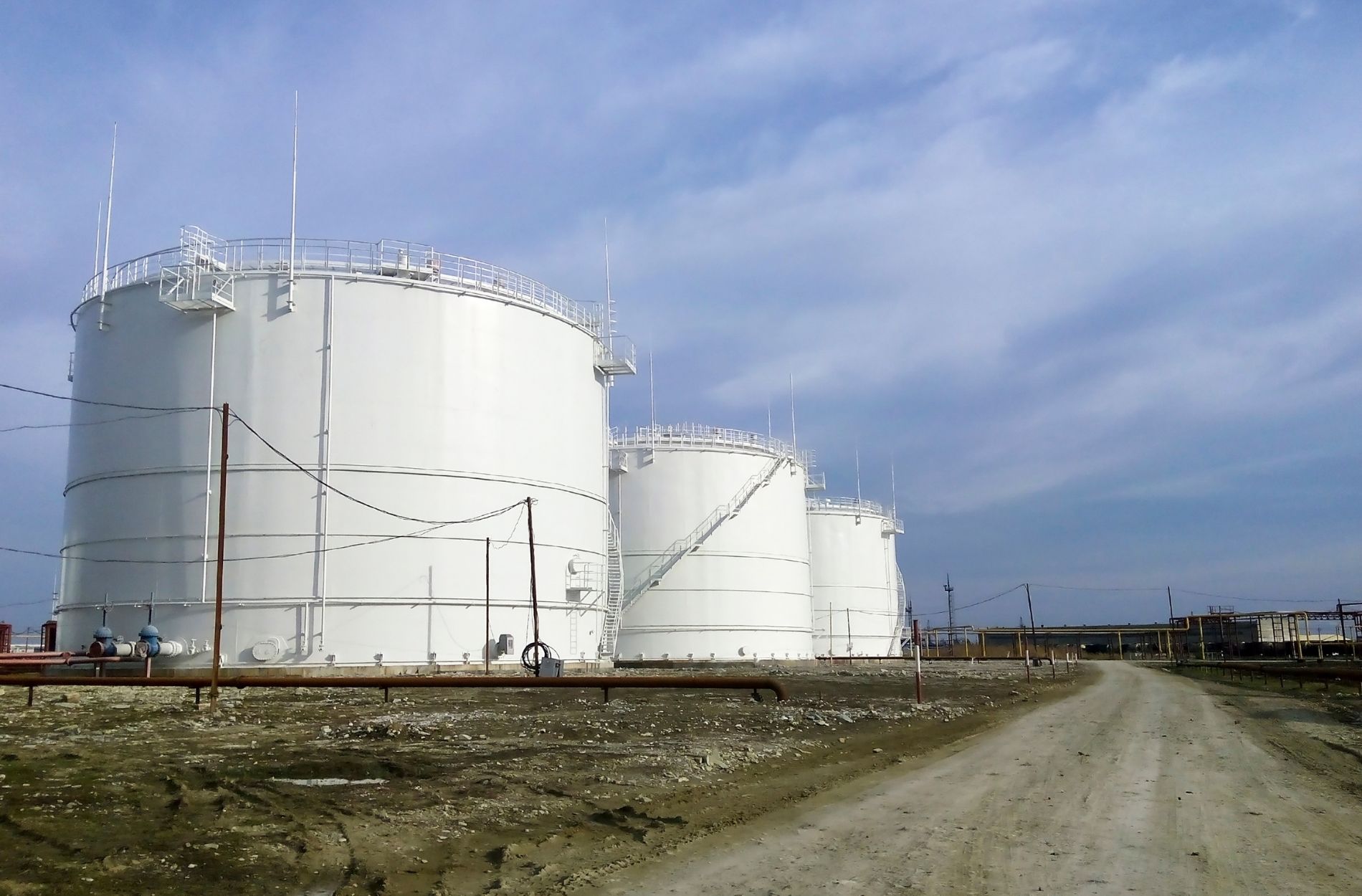
Above ground storage tanks facilitate the storage and transportation of materials required for various industries, from fuel and water to food and beverages. As these tanks serve as the guardians of your valuable resources, it is crucial to select the most appropriate materials for constructing these critical assets. Eminent tank materials include steel, concrete, and fibreglass, each offering distinct advantages and limitations depending on your facility’s specific requirements and demands. Understanding these attributes, knowledge of the materials stored, and regulatory compliance will allow you to make well-informed decisions regarding your tank storage investments.
At ATM Tanks, our mission is to assist you in navigating the complexities of tank material selection while ensuring your resources are safeguarded. In this insightful guide, we will delve into the world of steel, concrete, and fibreglass tanks, evaluating each material’s advantages, limitations, and best applications. With our expert guidance, you’ll be equipped to make educated decisions about the right tank material for your unique storage needs, optimising your facility’s operational efficiency and safety.
Join us on this engaging exploration of tank materials as we dissect the characteristics, regulatory requirements, and best practices for storage tanks fabricated from steel, concrete, and fibreglass. Supported by the experience and proficiency of ATM Tanks, you can confidently select and invest in tank materials that fulfil your facility’s requirements, maximising the performance and longevity of your storage assets.
Are you ready to unlock the mysteries of tank material selection? Commence your voyage toward informed decision-making with ATM Tanks, venturing into the world of steel, concrete, and fibreglass tanks and discovering the optimal materials for your facility’s tank storage solutions.
Steel Tanks: The Traditional Choice
Steel tanks have long been a popular choice in tank storage applications, offering several benefits over alternative materials:
1. Strength and Durability: Famed for their exceptional strength, steel tanks can withstand harsh industrial environments and heavy loads while resisting potential damage from impact or punctures.
2. Configure to Specific Requirements: Steel tanks can be custom fabricated to accommodate specific storage capacities, dimensions, and shapes, allowing for versatile designs that cater to individual storage needs.
3. Corrosion-Resistant Coatings: Modern steel tank designs often incorporate corrosion-protective coatings and treatments, such as epoxy or galvanised coatings, to improve durability and minimise the risk of corrosion-related damage.
4. Limitations: Steel tanks are susceptible to rust and corrosion attacks if not adequately maintained, and their heavy weight can complicate transportation. Additionally, steel tanks can be cost-intensive when compared to alternative materials.
Concrete Tanks: The Robust Contender
Concrete tanks provide a robust and long-lasting storage solution, featuring distinct advantages that make them an appealing option for some applications:
1. Longevity and Durability: Concrete tanks are renowned for standing the test of time, with renowned resistance to elemental conditions, extreme temperatures, and seepage issues.
2. Fire and Impact Resistance: With exceptional resistance to fire, concrete tanks can provide added security for applications involving volatile or combustible materials. Additionally, concrete tanks are highly resistant to impact damage.
3. Temperature Stability: The high thermal mass of concrete allows for consistent temperature regulation, preventing rapid fluctuations that may otherwise impact the stored material.
4. Limitations: Concrete tanks come with a high initial cost and are labour-intensive to install. As concrete is porous, tanks storing liquids may require inner linings to ensure the structure is impervious. Additionally, the heavy weight of concrete limits transportability.
Fibreglass Tanks: The Lightweight Contender
Fibreglass tanks, constructed from fibreglass-reinforced plastic (FRP), offer a modern alternative to traditional tank materials, featuring an array of advantages that make them attractive for select applications:
1. Corrosion Resistance: With inherent resistance to rust and corrosion, fibreglass tanks require less maintenance and provide longer-lasting performance compared to some traditional tank materials.
2. Lightweight and Easy to Install: Fibreglass tanks are significantly lighter than their steel or concrete counterparts, allowing for more straightforward transportation and installation, often reducing associated costs.
3. Leak Detection: Using dual-walled fibreglass tank designs enables continuous monitoring of tank integrity, providing early warning if leaks or breaches appear.
4. Limitations: Fibreglass tanks may have a lower maximum storage capacity than steel or concrete tanks and can be vulnerable to damage from impact or punctures. Additionally, the material costs for fibreglass tanks can be higher than steel tanks.
Assessing Factors for Material Selection
Consider these factors when selecting the best material for your tank storage requirements:
1. Stored Material: Determine the compatibility of your stored material with the tank material to ensure chemical resistance, temperature stability, and integrity preservation throughout the storage period.
2. Regulatory Compliance: Ensure your chosen tank material complies with industry standards and regulations, such as those set by the Australian Standards, API, or Dangerous Goods Code.
3. Maintenance Requirements: Consider maintenance factors associated with tank materials, such as corrosion protection, inspections, or cleaning, and weigh these against your facility’s maintenance capabilities and budget.
4. Installation and Transportation: Evaluate the ease of installation and transportation for each material, considering factors like weight, dimensions, and site accessibility.
Conclusion
Selecting the optimal tank material for your facility’s unique storage needs lies at the intersection of multiple factors, balancing the advantages and limitations of steel, concrete, and fibreglass tanks while considering factors such as stored materials, regulatory compliance and maintenance requirements.
With ATM Tanks as your trusted partner, you can confidently navigate the complexities of tank material selection, investing in storage assets that meet your facility’s requirements and maximise operational performance. Reach out to our knowledgeable team today to discuss how ATM Tanks can support you in making informed decisions regarding your tank construction needs, ensuring your storage facility’s long-term success and resilience.
- Guide to Hiring Professional Tank Cleaning Services - May 4, 2025
- Steps to Take When Your Tank Needs Repairs - May 4, 2025
- How to Ensure Your Tank is Waterproofed Effectively - May 4, 2025





